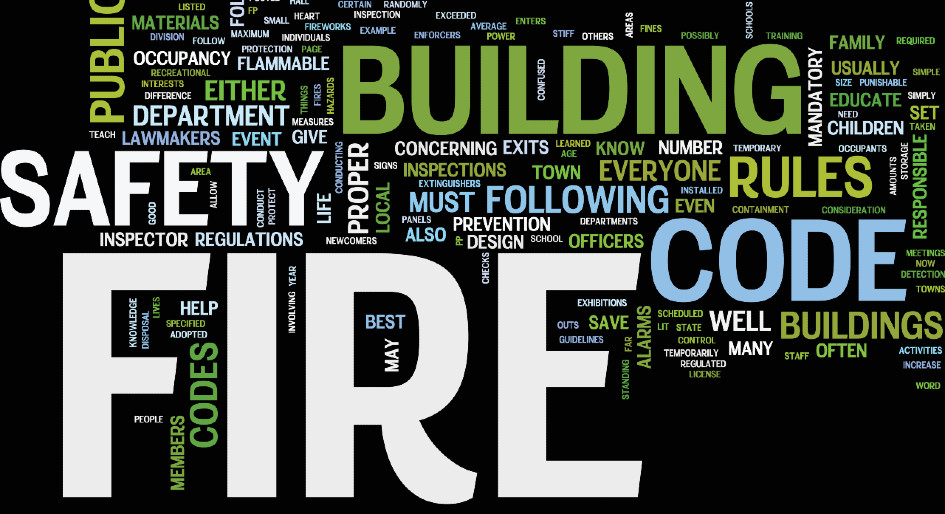Nova Scotia’s Auditor General has issued a scathing critique of lax fire safety oversight in the province. In a newly released report, Auditor General Kim Adair raises a long list of concerns related to the Office of the Fire Marshal, including: overdue or overlooked inspections; incomplete evidence for required investigations; inattention to building plan reviews; lack of monitoring of municipal fire inspectors; absence of quality assurance standards and procedures; shoddy record-keeping; and conflict of interest with the Fire Inspectors Association of Nova Scotia.
“Management is failing to adequately protect the public from fire safety risks,” Adair concludes. “The Office of the Fire Marshal is not completing core management functions of planning, organizing, leading and controlling. The Department of Municipal Affairs and Housing is failing to complete its statutory obligation to oversee and monitor compliance to the Fire Safety Act.”
Her findings are gleaned from an audit of filed documentation for fire safety building inspections, fire investigations and building plan reviews for the two-year period from January 1, 2020 to December 31, 2021. Adair’s review comes 12 years after a previous Auditor General deemed Nova Scotia’s Office of the Fire Marshal was unsatisfactorily carrying out its mandate.
In the latest review, the auditors particularly focused on schools, hospitals, nursing homes and public housing, which are identified as buildings that accommodate “vulnerable” occupancies. Sampling of the Fire Marshal’s documentation revealed both outdated lists of properties in the queue for inspection, meaning that some facilities were overlooked, and delays in required inspections ranging from five to 445 days.
Among recommendations, Adair calls for a process for regularly updating and ensuring the accuracy of the list of properties in the Fire Marshal’s information system. She also recommends a policy for plan reviews and inspection of new buildings and major renovations, which will clearly establish the required steps, sign-offs and sequence of actions.
In Nova Scotia, developers/owners are required to submit building plans to the Fire Marshall for review when they are constructing: assembly buildings more than three storeys in height and larger than 6,450 square feet (600 square metres) or designed for an occupancy of more than 40 people; care and detention facilities; long-term care homes and other residential buildings licensed or regulated under the provincial Homes for Special Care Act; and industrial buildings accommodating hazardous activities.
Auditors found that reviewers are not consistently following up with submitters when their plans are missing information. Nor are fire safety officials routinely confirming that builders have remedied any non-compliances identified during the plan review.
Additionally, required inspections of such buildings may not be completed during construction or prior to occupancy. “There is no enforcement mechanism that requires owners to notify the Office of the Fire Marshal when construction inspections are ready to take place,” the Auditor General’s report states.
Both the Office of the Fire Marshal and the Department of Municipal Affairs and Housing received the Auditor General’s report prior to its public release and have pledged to get to work on some new policies and procedures this month. Other recommendations are to be fulfilled over the course of 2023-24, with those reliant on implementation of a new software system not expected to be in place until the 2026-27 fiscal year.
“We recognize we can improve on some of our administrative processes, and I assure you that work is underway. It’s our commitment to the Auditor General and all Nova Scotians,” affirms John Lohr, the provincial Minister responsible for the Office of the Fire Marshal. “Nova Scotians can be assured staff in the Office of the Fire Marshal are professionals who are focused and dedicated to protecting people from fires and ensuring buildings are safe.”






